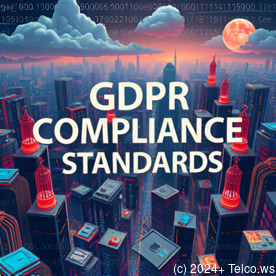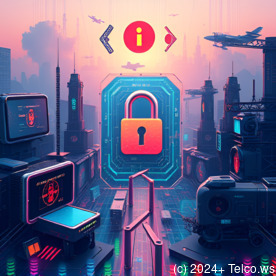- Outstanding Pros ready to help.
- Pay Crypto for Fiat-only Brands.
- Access Top Tools avoiding Sanctions.
- You can buy in total privacy
- We manage all legalities for you.


Blockchain Security
Introduction to Blockchain Security
Blockchain technology has emerged as a revolutionary method for securing digital transactions and data. It operates on a decentralized network, meaning that no single entity has control over the entire system. This decentralization enhances security, yet it introduces unique challenges and vulnerabilities. Understanding blockchain security involves examining its architecture, cryptographic principles, consensus mechanisms, potential threats, and mitigation strategies.




Architecture of Blockchain
At its core, a blockchain is a distributed ledger that records transactions across multiple computers, ensuring that registered transactions cannot be altered retroactively. Each block in the chain contains a list of transactions and is linked to the previous block through cryptographic hashes. This structure ensures integrity and transparency.
- Decentralization: Unlike traditional databases controlled by central authorities, blockchains distribute data across all nodes in the network, making it difficult for any single point of failure to compromise the entire system.
- Immutability: Once data is recorded on a blockchain, altering it requires consensus from the majority of nodes in the network, achieved through cryptographic hashing.
- Transparency: All transactions are visible to participants within the network, promoting accountability.




Cryptographic Principles
Cryptography plays an essential role in ensuring blockchain security:
- Hash Functions: Cryptographic hash functions (like SHA-256) convert input data into fixed-size strings of characters, making it easy to detect tampering.
- Public and Private Keys: Users possess pairs of keys—public keys (which can be shared) and private keys (which must remain secret). Transactions are signed with private keys to confirm ownership while keeping sensitive information hidden.
- Digital Signatures: These facilitate authenticity and non-repudiation by allowing users to sign transactions digitally using their private keys.




Consensus Mechanisms
Consensus mechanisms are protocols that validate transactions based on agreement among network participants:
- Proof of Work (PoW): Used by Bitcoin, PoW requires miners to solve complex mathematical problems to validate transactions.
- Proof of Stake (PoS): In PoS systems like Ethereum 2.0, validators are chosen based on the number of coins they hold and are willing to stake as collateral.
- Delegated Proof of Stake (DPoS): This allows stakeholders to elect delegates who validate transactions on their behalf.
Each consensus mechanism presents strengths and weaknesses in security, scalability, and energy consumption.




Potential Threats to Blockchain Security
Despite its robust design, blockchain technology faces several threats:
- 51% Attack: If an individual or group gains control over more than 50% of the network’s mining power or stake, they can manipulate transaction verification processes.
- Sybil Attacks: Attackers create multiple fake identities to gain influence over the network’s consensus process.
- Smart Contract Vulnerabilities: Flaws in smart contracts can lead to exploits where attackers manipulate contract logic for financial gain.
- Phishing Attacks: Users may fall victim to scams in which attackers impersonate legitimate services to steal private keys or credentials.
- Software Bugs: Bugs can introduce vulnerabilities that malicious actors may exploit.




Mitigation Strategies
To enhance blockchain security against these threats, consider the following strategies:
- Regular Audits: Conducting thorough audits can help identify vulnerabilities before they can be exploited.
- Multi-Signature Wallets: Requiring multiple signatures for transaction approval provides an additional layer of security.
- User Education: Educating users on recognizing phishing threats and managing private keys is crucial for maintaining security.
- Upgrading Protocols: Regular updates can address newly discovered vulnerabilities and improve security measures.
- Diverse Consensus Mechanisms: Utilizing a mix of consensus mechanisms can reduce risks related to method compromise.
- Decentralized Identity Solutions: Implementing such solutions helps mitigate identity theft risks while enhancing privacy.




Conclusion
While blockchain technology offers significant advantages in terms of security through decentralization and cryptography, it is not immune to inherent threats or vulnerabilities. Continuous vigilance—through education, technological upgrades, audits, and robust design practices—is essential for maintaining blockchain security.
Interested in buying? As stated, the price for our expert blockchain solutions is $999. Please proceed to our Checkout Gateway and use our Payment Processor to pay the indicated amount of $999 in favor of our Company, following the instructions. Once you have processed your payment, please contact us via email or phone with your payment receipt and your details to arrange your Expert Blockchain Security Service. Thank you for your interest!



